PRESERVING FOR THE FUTURE
Breed Conservation
Preservation, protection, or restoration of the natural environment and of wildlife. This also applies to protecting domestic species and heritage breeds.
PRESERVING FOR THE FUTURE
Preservation, protection, or restoration of the natural environment and of wildlife. This also applies to protecting domestic species and heritage breeds.
ENVIRONMENTAL CONSIDERATION
Prevention of wasteful use of a resource. Channeling waste products into fertilizers, foods, animal feed, tools, creative projects, and compost.
RESPECTING RETIRED LIVESTOCK
Rather than butchering an animal that can no longer breed, provide milk, or lay, we can celebrate their contributions by giving them a comfortable retirement.
In order to help anyone or anything else we must first be secure. Whether earthquake, flood, or another "pandemic", supply chains can be disrupted leaving a families unable to provide food for themselves.
Homesteading provides some self-sufficiency and short-term security, and a small farm has the capacity to provide food and resources to the homestead as well as provisions for family and friends.
Optimum conditions aside, chickens can free range a farm and still get enough food and nutrients to survive. Vermiculture utilizes waste and provides needed protein to laying hens.
In the event of a disaster, the conservationist farms will be able to provide breeding stock to rebuild herds and flocks for future generations to thrive.
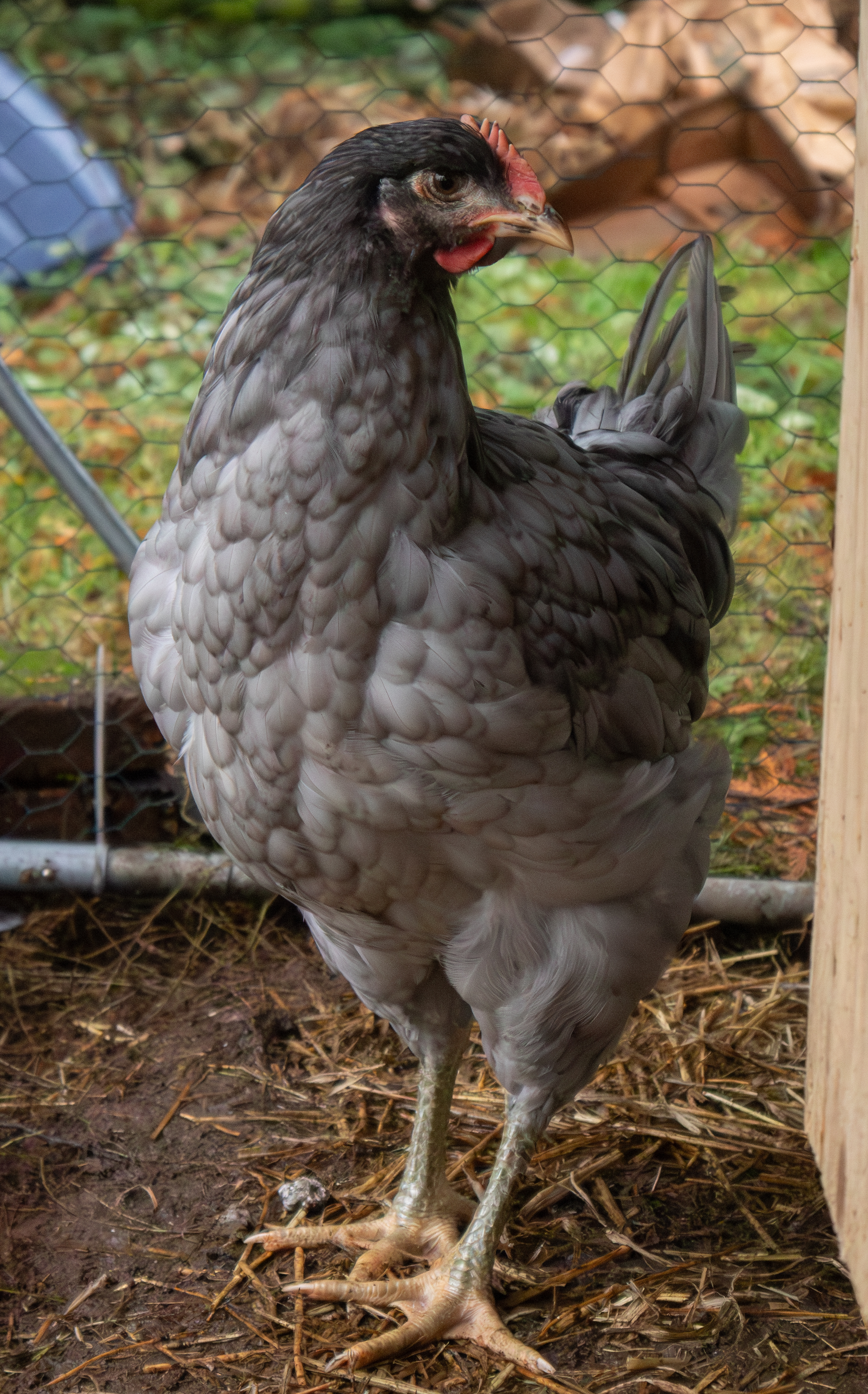
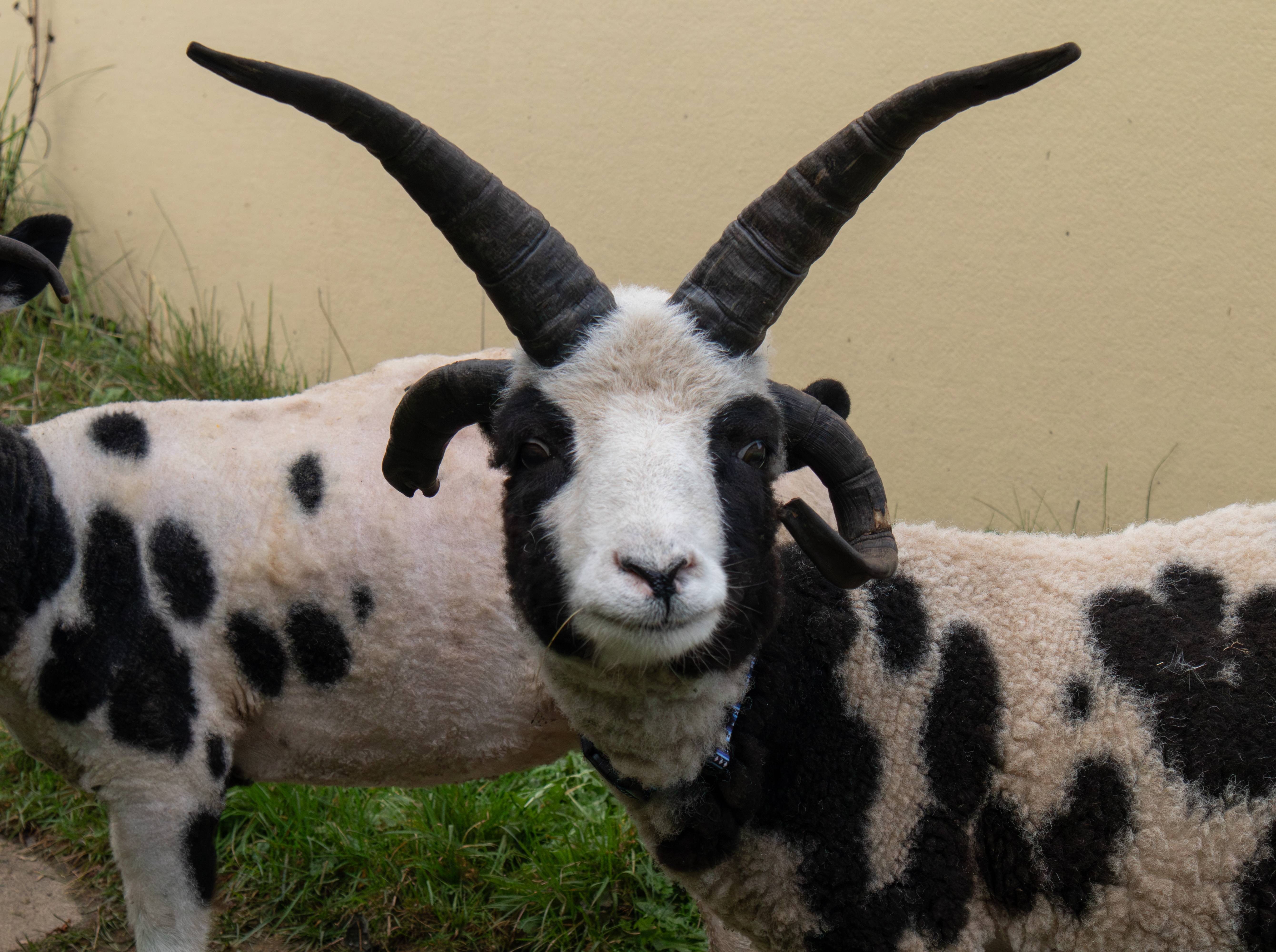
Conservation efforts are being made around the world to protect the unique four-horned spotted sheep known today as Jacob Sheep.
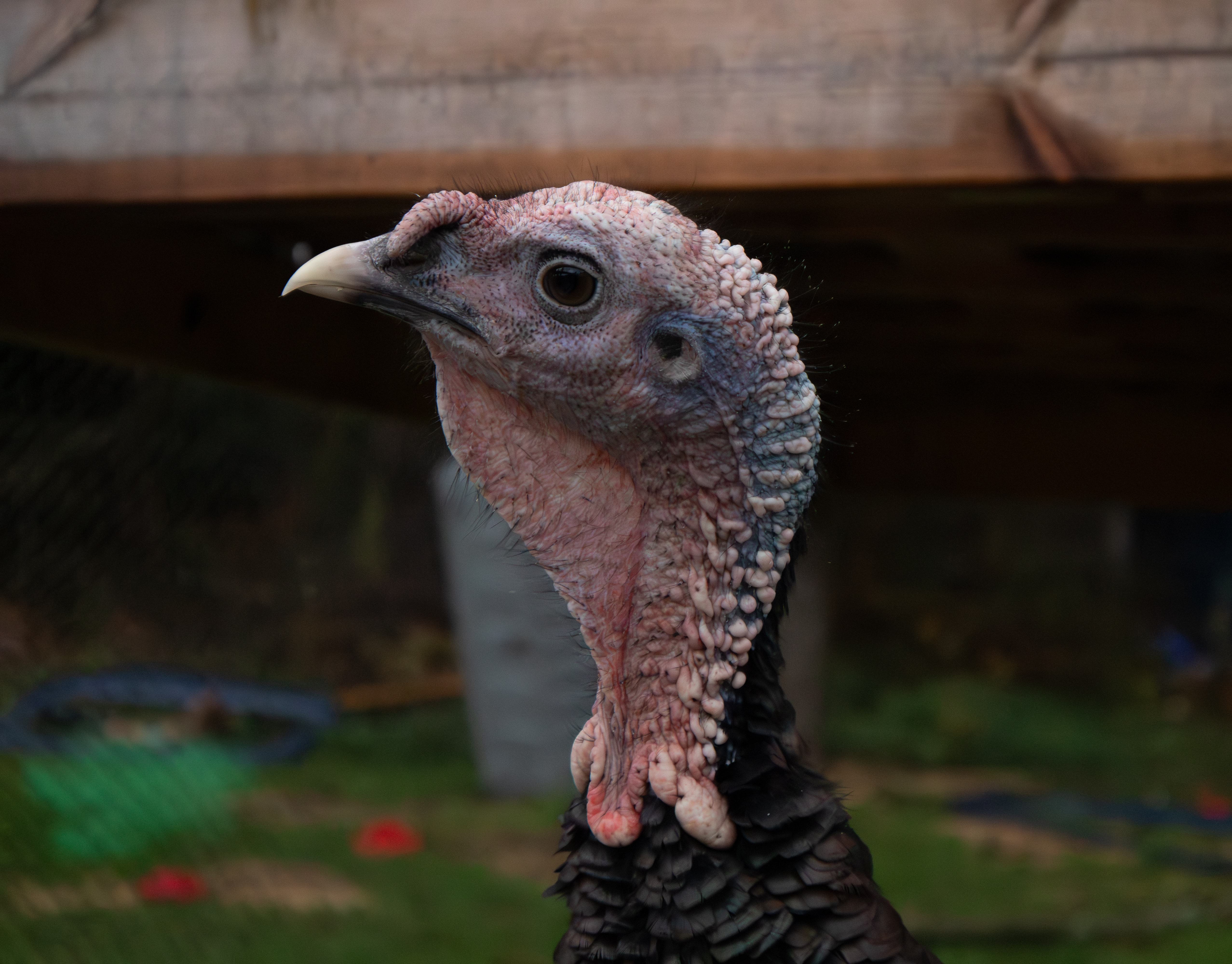
The Ridley Bronze Turkeys are a heritage breed from Canada that almost became entirely extinct before conservation programs brought them back.
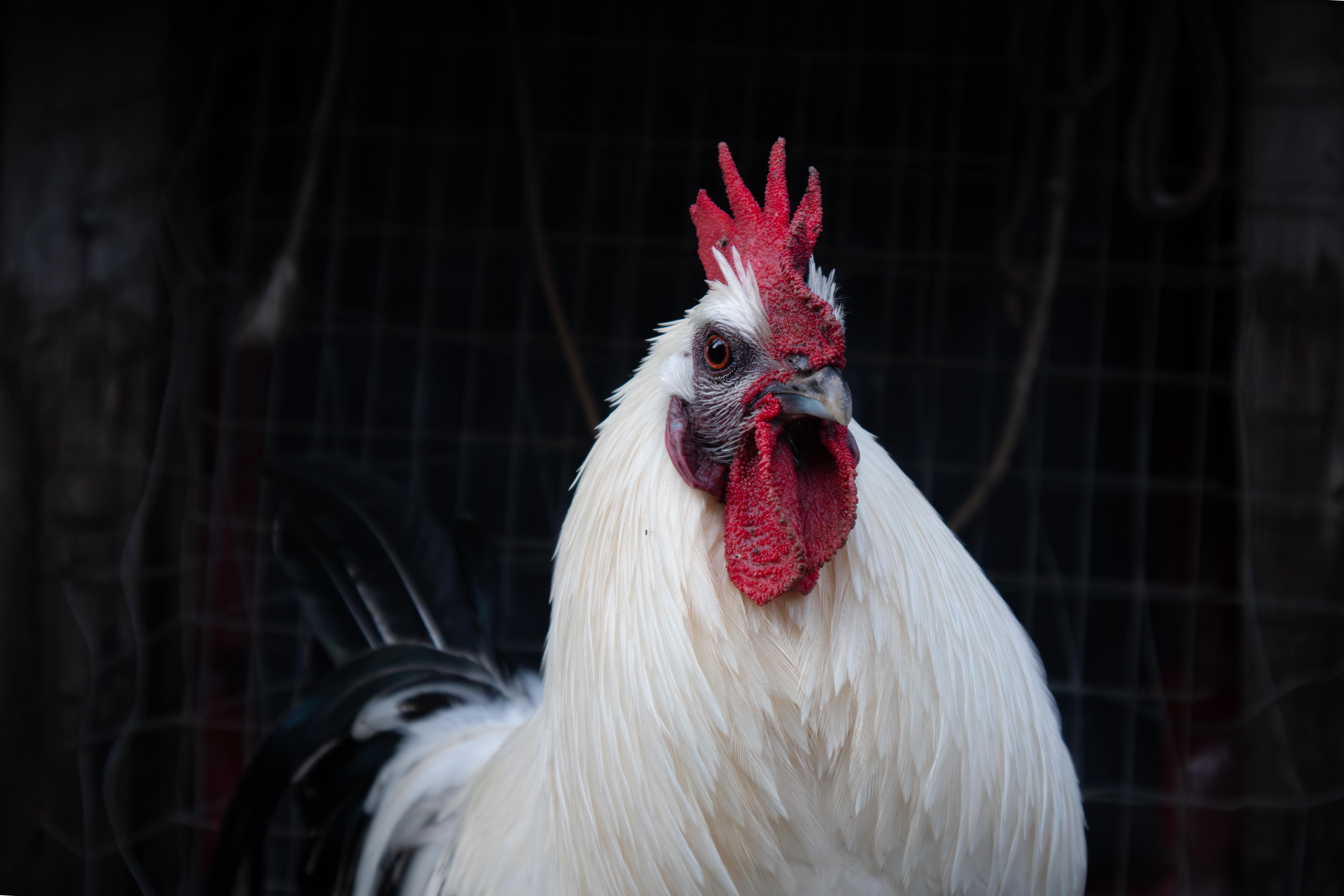
Preserving the diversity of landrace chickens protects the breeds by allowing a wider variety of gene expression that can enhance resistances,
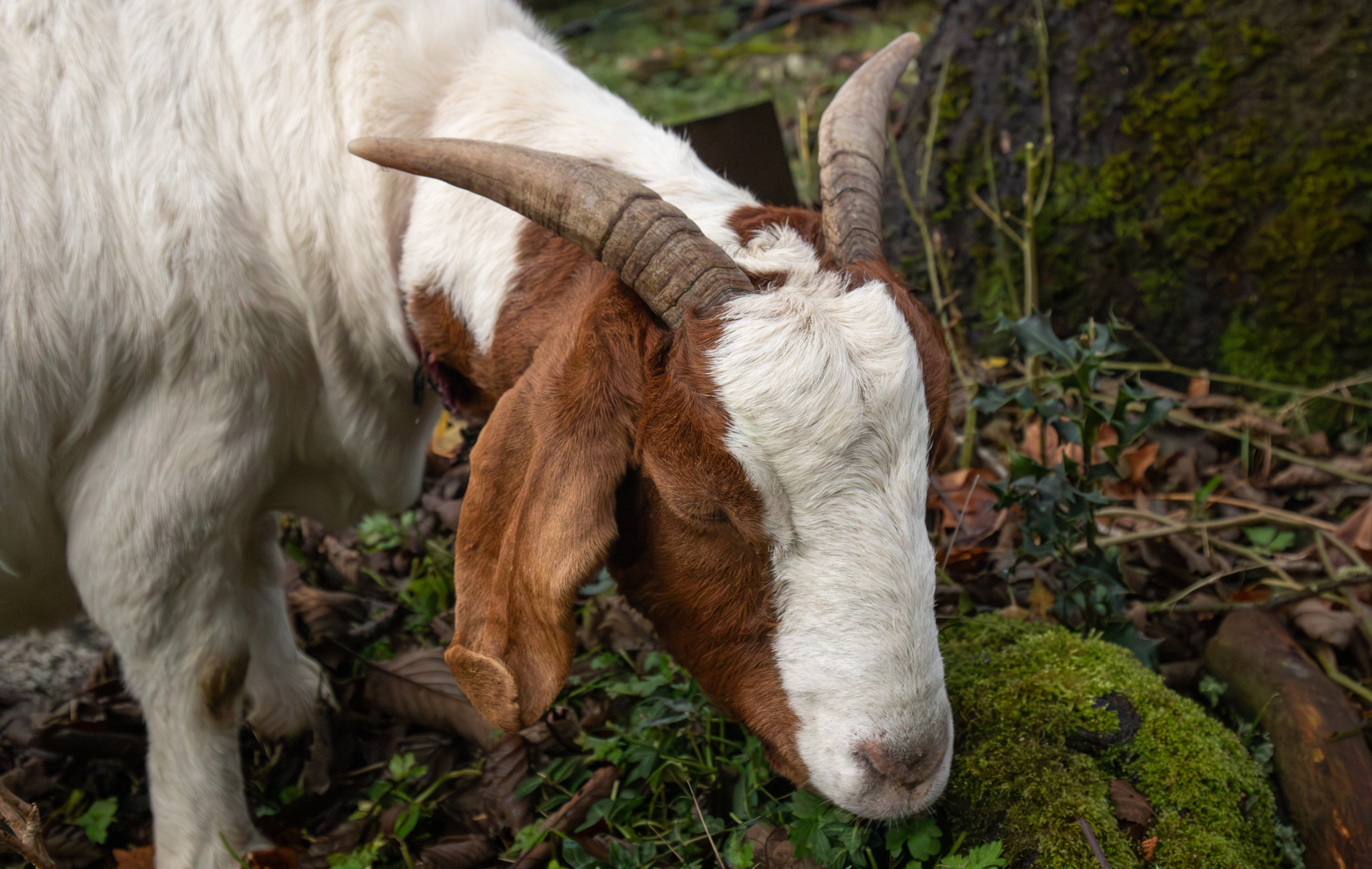
Farming comes with butchering, but once a hard working animal is no longer profitable we reward their contributions by providing a happy retirement.